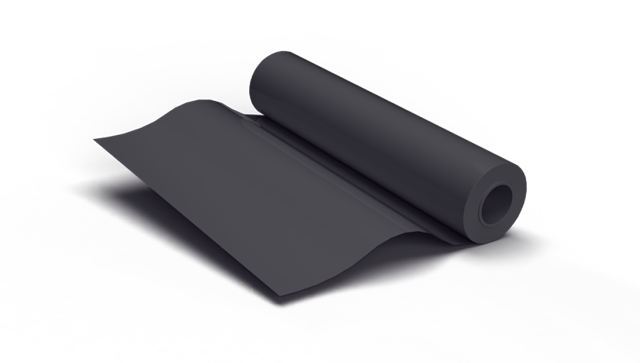Geomembrane Liners: A Key Component in Geotechnical Engineering Projects
Geomembrane liners play a crucial role as a key component in geotechnical engineering projects. These synthetic liners, made from flexible polymeric materials, are designed to provide impermeable barriers, prevent seepage, and control fluid migration in various applications such as landfills, reservoirs, mining operations, and containment systems. Their versatility, durability, and cost-effectiveness make them an indispensable solution in modern engineering practices.
One of the primary functions of geosynthetic liner is to prevent the migration of liquids and gases. They act as a barrier, effectively isolating contaminants from the surrounding environment, thus safeguarding soil and groundwater quality. In landfills, for instance, geosynthetics are utilized to prevent the leachate, a harmful liquid formed from decomposing waste, from entering the soil and polluting the groundwater. Similarly, in mining operations, these liners are employed to contain potentially toxic chemicals and prevent their release into the ecosystem.
The Geomembrane Market has witnessed significant growth over the years due to the increasing awareness and adoption of geosynthetic systems across various sectors.
Furthermore, geosynthetic liners are designed to withstand various environmental factors. They possess excellent resistance to chemicals, UV radiation, punctures, and tears. This durability ensures their long-term performance, even in harsh conditions. For instance, in reservoirs and dams, Geomembranes provide an impermeable layer that prevents water seepage into the surrounding soil. Their resistance to UV radiation ensures that they remain effective for extended periods, maintaining their integrity and preventing leaks.
In addition to their functionality, geosynthetic liners offer several advantages during installation and maintenance. These liners are available in large pre-fabricated panels, which can be easily transported and deployed on-site. The panels are then joined using various welding techniques, such as hot wedge welding or extrusion welding, to create a seamless and continuous barrier. This efficient installation process saves time and reduces labor costs.
Moreover, Geomembrane liners require minimal maintenance once installed. Their smooth surface discourages the growth of microorganisms, reducing the risk of biofouling. Routine inspections and repairs, if necessary, can be performed easily due to their accessibility and flexibility. This ease of maintenance contributes to the longevity of geotechnical engineering projects and ensures their continued effectiveness.
Battery Materials are essential components used in the production of batteries, enabling the storage and release of electrical energy.
Geosynthetic liners play a vital role in geotechnical engineering projects by providing impermeable barriers, controlling fluid migration, and preventing contamination. Their versatility, durability, and cost-effectiveness make them an essential component in various applications. Whether it's preventing seepage in landfills, protecting groundwater in reservoirs, or containing chemicals in mining operations, geosynthetic liners offer reliable and sustainable solutions.
With their ease of installation and minimal maintenance requirements, they contribute to the long-term success of geotechnical projects, ensuring environmental protection and public safety. As engineering practices continue to evolve, Geomembrane liners will remain a key component in addressing the challenges of fluid containment and environmental preservation.


Comments
Post a Comment